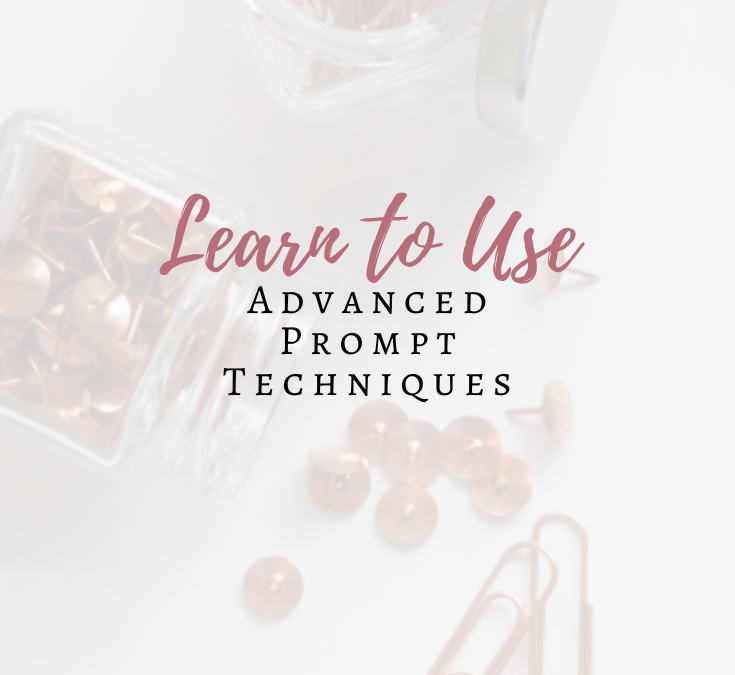Advanced AI Prompt Techniques: Getting More Precise and Useful Results
If you’ve been following my AI prompt series over the last couple of months, you can see how tweaking what you ask and paying attention to how you ask can make a world of difference in the responses you get.
Today, we’ll explore different ways of phrasing your questions so that you really maximize your results.
1. Use Iterative Prompting
Treat AI like a conversation. Instead of trying to ask everything at once, break your questions into smaller steps. Start with a general request, then build from the AI’s answers with follow-up prompts.
For example, if you’re writing a blog post, first ask for a topic outline. Once the outline looks good, request the introduction. Next, prompt for each section in turn. This method gives you control and helps you refine content gradually without overwhelming the AI.
You will likely have to tell AI to break it into steps – sometimes it gets too excited and just spills everything all at once!
2. Combine Instructions with Examples
Showing the AI what you want increases accuracy. Include a short example or sample in your prompt to demonstrate tone, style, or structure.
For example, you could say:
“Write a social media caption for a wellness coach, using a friendly tone, like this example: ‘Ready to feel your best? Let’s make wellness simple!’”
3. Use Role-Playing
Ask the AI to take on a role relevant to your task to help it respond more thoughtfully. For example:
-
“You’re a professional copywriter skilled in writing email newsletters.”
-
“Act as a marketing strategist focused on eco-friendly brands.”
- “You’re a nutritionist that specializes in the keto lifestyle. Help me come up with healthy meals to help me reach my macros.”
This narrows the style and focus of your AI’s response, making it more tailored to your needs.
4. Control Output Format
Be explicit about how you want the response results. If you need bullet points, numbered lists, or a table, specify that clearly:
-
“List 5 benefits of meditation in bullet points.”
-
“Create a comparison table for these two products.”
5. Use Constraints and Limits
Guide the AI by setting length or style restrictions to avoid overly long or generic answers. For example:
-
“Keep the explanation under 150 words.”
-
“Use simple language suitable for beginners.”
By using some of these techniques, you will notice a big difference in the outcome. Experiment with them in your next session and see the difference.

Love the idea of using AI, but don’t have time to delve deep? I work with AI daily – let’s chat! Book a call here.

